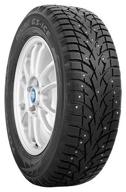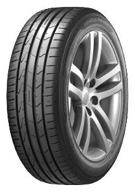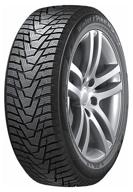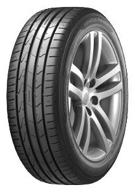
Review on Yokohama Geolandar A/T G015 265/60 R18 110H all season by Micha Bukowski (Pax) ᠌

Good product for me, I was satisfied with the price.
This rubber has currently traveled 20000 km, and there are still 7-8 mm of tread left. Although it has been claimed that this rubber can operate at -10 degrees Fahrenheit (I even specifically stated this at the Yokohama representative office in Hong Kong), I would not recommend using these tires all winter long. They perform poorly on icy asphalt but tolerateably perform quite well in loose snow. By the end of November, when snow may already be present in some areas, I am able to switch my car over to winter tires thanks to the rubber's softness and the tread's aggressivity. In the spring, I switch to Geolanders in the end of March when there is STILL snow, and in the Leningrad region in particular, it might not melt until the first few days of May. If you drive in off-season frosts with caution and calm, rubber has acceptable handling and braking in this regard. I frequently observe SUV owners using this rubber all year long, and it appears that they are happy with it totally. Some claim that this rubber hums on the highway, but I didn't hear it. In my perspective, it hums about as much as other summer tires. And if you pay attention, I believe the car's body generates more noise due to airflow. Yes, and the noise from other automobiles is considerably louder than your own, especially when trucks and gazelles are on the road and traveling at a speed of 100 to 110 km per hour near a stream. Many people claim that fuel use has increased, yet in my situation, usage has remained the same. Another benefit mentioned in some evaluations of this rubber is that "Punctures and cuts are not terrible for a powerful layer of new rubber"; this is one of the things that helped me make the decision to purchase this particular rubber. But one autumn, a cheap "klopik"-style self-tapping screw burrowed into the tire and gradually "lowered" it. I've included a picture of the bug and how the tire was fixed using a tourniquet. And this spring, as they were balancing the wheels, they pulled a piece of a rusty nail out of the rear right wheel (there was no puncture, though).
- - Within reason, gently passes bumps, road joints, and tram lines (which run flush with the road). You have to cross the dead asphalt joints with rails at walking speed because there are so many of them. Changes lanes on a road with water in a rut with assurance. I try to make all the adjustments smoothly when driving in the rain, which this tire allows me to do. I haven't noticed any hydroplaning yet, but the off-road tread is quite helpful in this respect. — good traction on the sand and priming.
- Reduced acceleration dynamics; significantly worse braking and handling on pavement (in dry and rainy conditions) than with road tires. Turns on wet pavement, in particular, blast the front axle, even though I occasionally "laid" rather visibly. But remember, this is not a racing tire; it is for a smooth ride without abrupt turns. - The rubber on the road vibrates and hums audibly when traveling on a packed, leveled, sand road. - It is not particularly balanced in my case, and at speeds of 120 to 125 km/h, it very clearly bumps into the steering wheel. Other than that, there are reasonable vibrations at various speeds, but I became accustomed to them with time because they are present on virtually any tire (in my experience on this car).
New products
Comments (0)
Top products in 🚙 Car Covers
Another interesting products
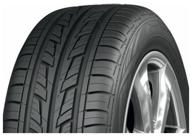
Cordiant Road Runner 195/65 R15 91H summer

24 Review
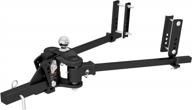
Get Ultimate Towing Stability With CURT TruTrack Weight Distribution Hitch & Sway Control - Up To 10K Capacity, 2-Inch Shank & 2-5/16-Inch Ball - In Sleek Black Design

30 Review
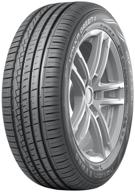
Nokian Tires Hakka Green 3 205/55 R16 94H summer

37 Review
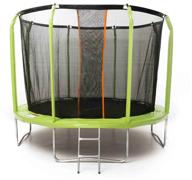
SuperJump Trampoline with SuperJump 8ft (244 cm) net and ladder

29 Review


